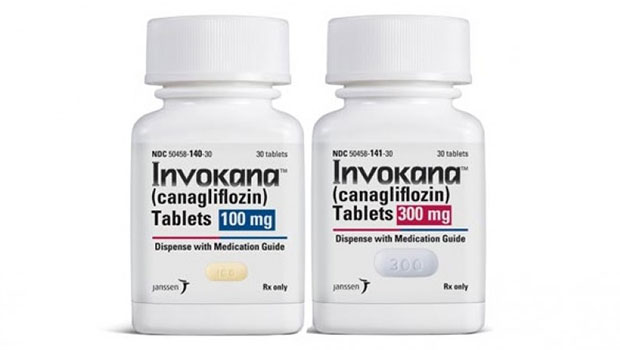Why Do Doctors Miss T1D Diagnoses?

With a growing number of children being diagnosed with Type 1 diabetes, it would seem that there would be more awareness of the symptoms of its onset, but this is not the case. A recent study done by UK doctors in Southampton and Oxford documented that diabetic ketoacidosis (DKA) was present in 25% of 2,000 UK children newly diagnosed with Type 1 diabetes. This means that physicians failed to notice and treat the Type 1 symptoms of these children before they became life-threatening. Why are medical professionals not catching the symptoms earlier?
One reason is that symptoms of the onset of Type 1 diabetes can be indistinguishable from those of other illnesses, such as urinary tract infections, according to Dr. Claresa Levetan, an endocrinologist and diabetes researcher. Because of this, doctors could easily miss the underlying cause of the symptoms and prescribe the wrong treatment.
“The condition comes on rapidly and initial symptoms may be indistinguishable from flu,” Dr. Levetan says.
And often there simply isn’t enough education on the subject, says Dr. Carla Cox, a diabetes educator. Class time for Type 1 diabetes is very short and case-based studies almost non-existent, she says.
“Many physicians in pediatrics or general practice may only see a handful of children with Type 1 diabetes in a lifetime,” she says.
Economics may also play a role in late detection of the condition. Gary Scheiner, director of Integrated Diabetes Services, believes that the rising cost of copays and office visits, not to mention long wait times to see doctors, combine to discourage parents from bringing in their kids sooner when unusual symptoms occur.
“A few decades ago, early warning signs such as lethargy or frequent urination would produce a quick trip to the doctor,” Scheiner says. ‘Now, there is a tendency to wait and see if the problem goes away on its own.”
The good news is that there are ways to increase early Type 1 diagnosis. The first component is to raise awareness of the disease, and not just in the medical field but also among parents and the general public. The use of billboards or other forms of advertisement that describe the symptoms and treatments of Type 1 could be incredibly helpful in raising awareness. Making sure parents are aware of the risks and symptoms is an important component of aiding diagnosis because parents are often the first to notice anything out of the ordinary with their children. In addition to raising awareness among the general public, these billboards and ad campaigns may signal to medical professionals that they need to step up detection efforts, as well. As the parent of child with Type 1 diabetes, Melissa Lombardo believes that parents would benefit from pamphlets that explained the disease; these could be handed out at well-child exams.
“I think a questionnaire about possible symptoms a child with Type 1 diabetes also would help medical professionals in identifying a child who needs to be tested,” Lombardo says.
And many agree that diabetes awareness efforts need to start at the beginning of a medical professional’s schooling. Increasing the number of hours spent teaching medical students about the condition would be very beneficial. Not only that, but conferences and presentations on the subject could help current doctors deepen their Type 1 knowledge.
Even if Type 1 diabetes is still considered a relatively rare condition in children, it’s becoming more prevalent. Hopefully the right educational outreach for everyone will help doctors be able to catch Type 1 earlier, thus avoiding potentially fatal consequences.
Thanks for reading this Insulin Nation article. Want more Type 1 news? Subscribe here.
Have Type 2 diabetes or know someone who does? Try Type 2 Nation, our sister publication.







